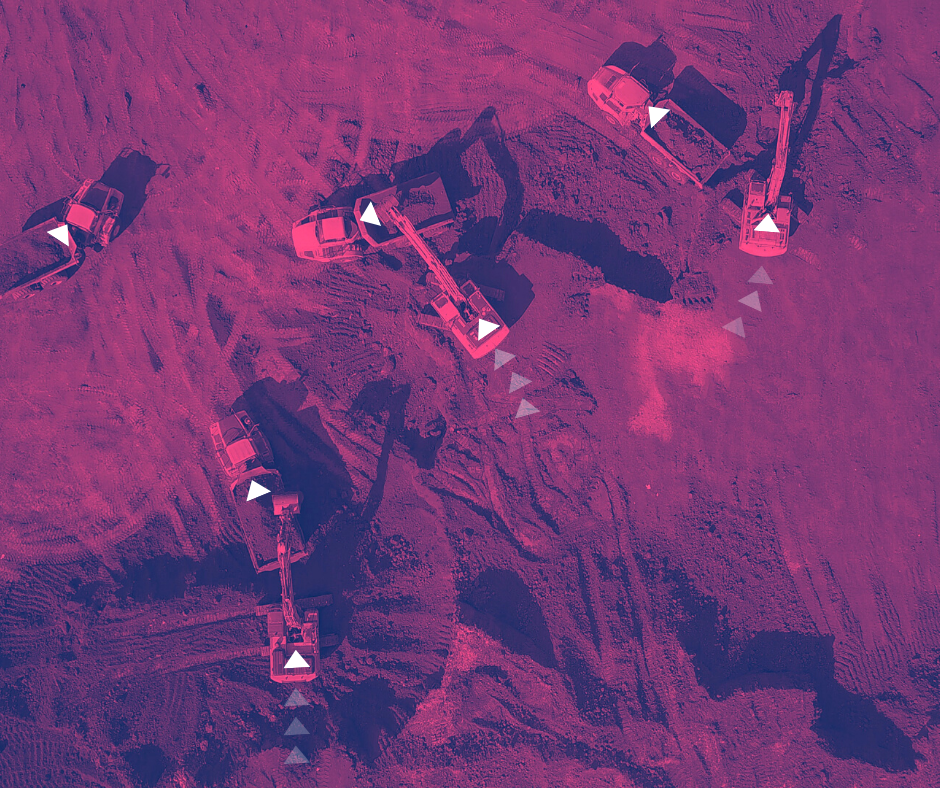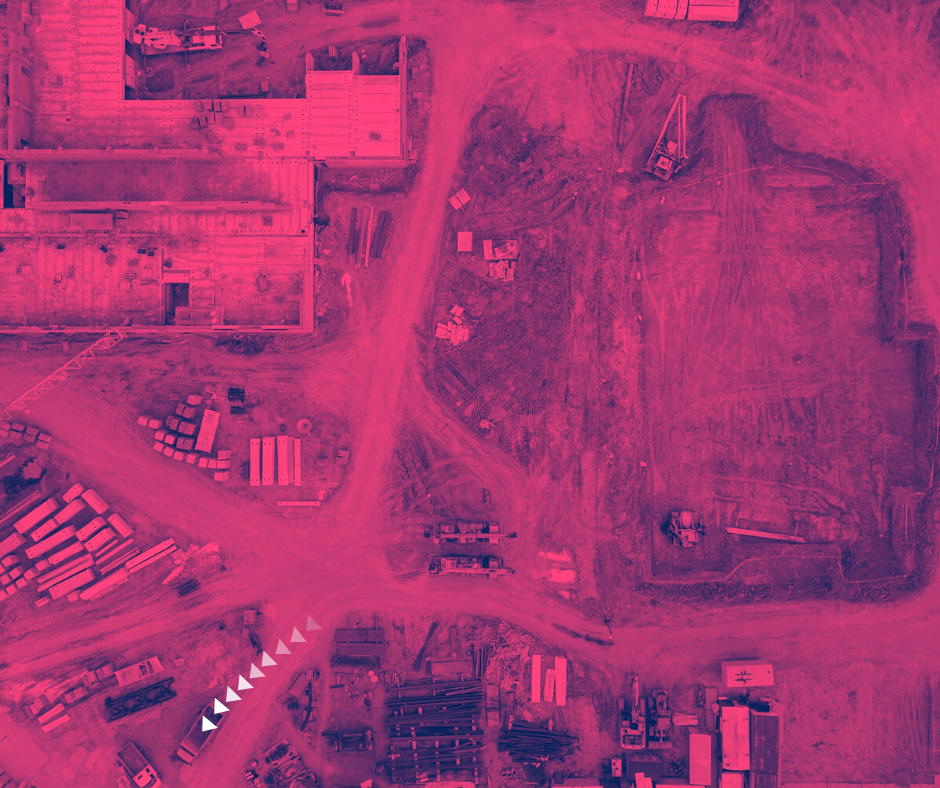
Traffic control and anti-collision
2022-08-22

Industrial sites accelerate their operations with smarter vehicles, smarter machines, and smarter wearables. However, we have not seen that much improvement in the overview monitoring that has been relying on operators’ experience and attention, based on the information from video cameras and machine measurements that work separately. Many operators work in automated production and their main responsibility is to be in charge and react to any unwanted scenario.
Smart LiDAR sensors instead of passive video cameras
Industrial sites still use video cameras to monitor production, the same cameras that have been around industries for a long time. All control rooms are covered by screens showing different parts of the production and activities combined with other measurement data. It is an overload of information and data types provided to the operator in charge. Smart video and AI are not adopted as much as in other industries - the need for robustness sets high requirements on the technical solutions, especially when introducing something new.
What is a volume change?
The lidar sensor constantly scans its environment with thousands of measurements that create a 3D model. This allows analysis in terms of volumes, shapes, and distances, compared to video analysis, for example. A volume change can be an increase or loss of volume, and it is also possible to filter objects based on the volume. A volume increase in a static scene means that new objects enter the scene and can be tracked. This feature supports tracking the most common objects, such as people and vehicles. More minor disturbances like birds, smaller animals, and vegetation can be filtered and removed. Spillage and other production deviations can also cause a volume increase if the area should usually be empty. A volume loss is also severe. A breakdown can cause it or collapse in a mountain or the infrastructure. Volume change analysis can be used in many ways to separate changes to the desired situation. It is also possible to have different rules for different areas, such as roads for vehicles and safe walking paths for people.
Volumes represent objects and movements
An increase in the volume is detected as an object that can be sorted out as a person, vehicle, etc., based on size and shape. When tracking an object, for example, a person, we can follow the person’s walking path and velocity. The velocity parameter can also identify dangerous situations of moving objects in the same environment. Since the lidar sensor sees in 3D, the distances between objects become natural and accurate. The safety of a site can be improved when every moving object can be visible and followed without breaching integrity. Instead of equipping all vehicles with sensors and people with wearables, fewer sensors can monitor the entire vehicles fleet and all environmental activities and alarm if potential danger is detected, e.g. collisions.
